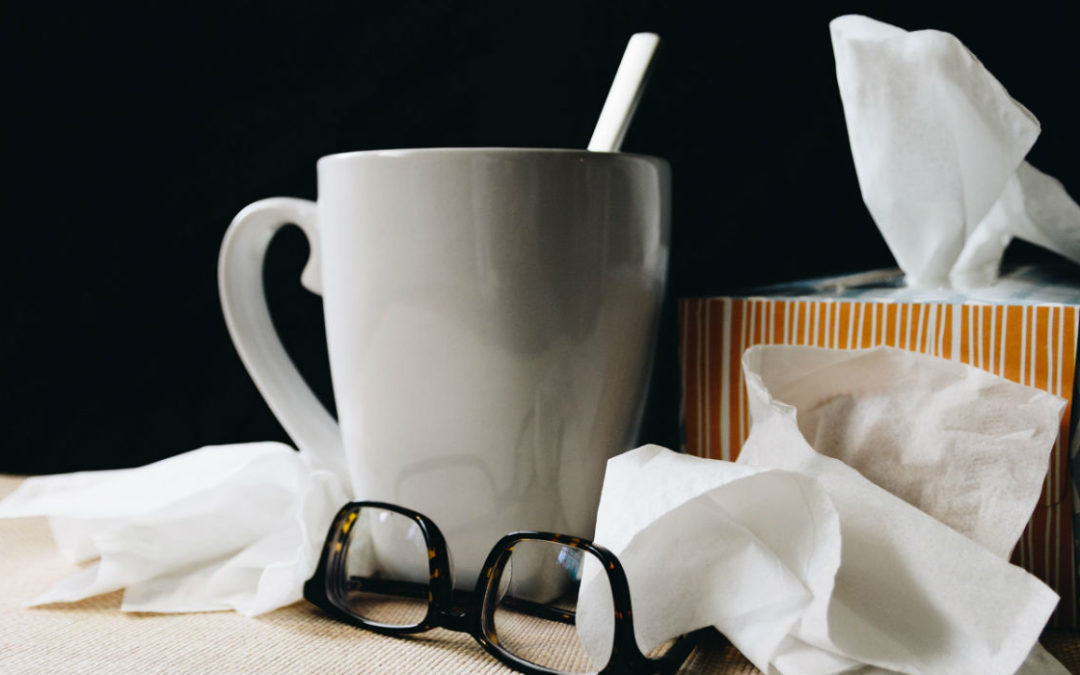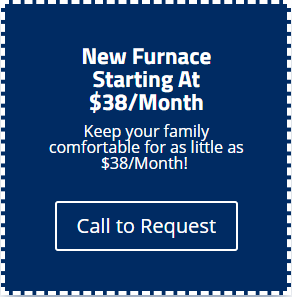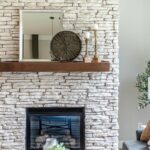What’s In Your Home’s Air?
According to the EPA, indoor air pollutants are up to five times higher than outdoor levels. Germs in the air can cause sickness. Mold, pet dander, dust mites, bacteria, pollen could all be present.
Although you may not see these invisible particles circulating throughout your home, they could be quietly jeopardizing your family’s health. Because most people tend to spend more time indoors during the colder months, there’s an even greater chance for illness to occur.
Allergy and asthma sufferers are especially prone to experiencing symptoms related to poor air quality.
To help keep your home’s air clean, you need an effective HVAC system. Running an air purifier is one of the best ways to filter contaminants. How do air purifiers work? Keep reading to find out.
How Do Air Purifiers Work?
With the help of built-in fans, air purifiers can pull in the surrounding air. While the air is being sucked inside the system, filters capture the various types of contaminants.
A pre-filter catches larger particles like human hair and pet hair. On the other hand, the system’s HEPA filter collects the smaller stuff. Afterward, clean air is then circulated back into the room.
Do Air Cleaners Work?
Air cleaners do help to prevent illness. While an air purifier can’t completely prevent you from catching a virus such as the flu (for that, consider installing a Ultraviolet Indoor Sanitizer in your ductwork), it’ll make allergic reactions and respiratory irritations less likely to occur.
There will also be far fewer germs in the air. When sleeping at night, you can expect your breathing to improve. No longer will you ask, “Do air cleaners work?”
Do Air Purifiers Work In Any Room?
Some people may be wondering, “Do air purifiers work in any room?” While these units are very effective at removing indoor germs, air purifier placement is critical. However, air purifiers can be used in a variety of different areas in your home.
People experiencing allergy and asthma symptoms will want to put a purifier in their bedroom. Meanwhile, air purifier placement in the kitchen will help eliminate fumes from cooking.
For an air purifier to properly do its job, it must be able to circulate air freely. Be sure to install it away from walls and furniture. Placing the unit near an obstruction will hinder airflow.
What Are Some of the Best Air Purifiers?
UV Indoor Sanitizer
A UV indoor sanitizer is hands-down among the best air purifiers on the market. It uses a unique UV lamp to prevent bacteria from multiplying, and the UV light can even attack microorganisms on a molecular level to help destroy contaminants.
Ultraviolet light has been used in commercial and industrial applications for water treatment and food process, and now you can harness the power of this purification system to disinfect your home’s air.
This unit is designed to work in harmony with your HVAC system. After it filters germs, the clean air is then pushed through your ductwork.
Advanced Media Filtration
If you would like a whole-home air purifier, consider getting an advanced media filtration system. These air purification systems have been proven to clean indoor air with an extremely high dust capacity, which is especially beneficial during allergy seasons that contain high amounts of pollen in the air.
The system’s filter typically only needs to be replaced every 6-12 months. Both microscopic particles and larger contaminants are collected from the air. Depending on where you live and the severity of your home’s indoor air quality, you should consider installing an Advanced Media Filtration system to protect your family from allergens and other contaminants.
Ozone VOC Eliminator
Many homeowners prefer this type of air purifier because Ozone VOC Eliminators are extremely quiet and do not require a great deal of maintenance. Along with purifying your home’s indoor air, they can also help deconstruct contaminants from hurting your family.
The Ozone VOC Eliminator works by burning microscopic pathogens. After the contaminated air is drawn into the system, high temperatures are then used to kill any toxins.
Additional Steps to Protect Your Family from Germs in the Air
There’s no overlooking the effectiveness of an air purifier. It does a fantastic job of improving indoor air quality. However, there are other ways to keep your home healthy. Here are some critical steps to take.
1. Replace Your HVAC Filter
Your HVAC filter is an essential component to your home’s indoor air quality because your filter is the first line of defence when removing dust and pollen from the air. Its primary job is to collect pollutants, which can worsen allergy symptoms and aggravate breathing problems.
Depending on the time of year and other factors, you will need to keep a close eye on how much particulants and other contaminants gather on the filter. Your filter won’t be able to do its job if it is too dirty and an old filter can reduce your home’s air flow.
Experts recommend changing it once a month to be on the safe side. Because most HVAC filters are affordably priced, you don’t have to worry about breaking the bank. Be sure to keep your filter clean throughout the year with frequent replacements if you want to keep your home’s indoor air clean and reduce your home’s energy bill!
2. Regular Housekeeping
While housekeeping isn’t always fun, it’s a chore that can improve indoor air quality. If your home has any carpeted floors, make it a priority to vacuum at least twice a week. However, pet owners may need to clean daily to keep as much dandruff and pet hair out of the air.
This is especially important during Spring and Fall, when you have your windows open. It’s a good idea to keep air flowing throughout your home, but if you have lots of pet hair and dust in your home, these participants will spread throughout your home whenever a breeze starts to blow.
Sweeping and dusting are just as important. Also, don’t forget to wash your bedding in hot water every week. This will help to kill bed bugs and dust mites, which could be hiding underneath your mattress. Upon finding signs of these insects, hire a pest control professional to get rid of them.
3. Control Humidity
Moist conditions can trigger the growth of mold and mildew. This is why you must take the necessary steps to control humidity. While high humidity can be a problem throughout the year, it tends to occur more often during the summer.
When cooking and showering, remember to turn on your vent fans. If you don’t already have a dehumidifier, certain houseplants can be used to absorb moisture from the air. Some of the best options include Boston ferns, English ivy, and reed palms.
If you are concerned about mold or other harmful byproducts of humidity in your home then you should consider installing a dehumidifier. These systems will remove moisture from your home- this is especially important for homes with basements or near lakes and rivers.
4. Learn How to Maintain Your Air Purifier Properly
How do air purifiers work for getting rid of germs? While air purifiers do an excellent job of eliminating household contaminants, poor care by homeowners can ruin their effectiveness.
Always make maintenance a big point of emphasis. Following the manufacturer’s guidelines will ensure that your unit performs at its best.
5. Check Your Air Ducts
It’s a good idea to have your air ducts cleaned every so often. While running your HVAC system, dirty ducts can cause toxins to blow back into your home. Your family will ultimately breathe in these impurities.









Good replies in return of this query with solid arguments and telling all
concerning that.
Feel free to surf to my homepage vpn code 2024
This design is incredible! You definitely know how to keep a
reader entertained. Between your wit and your videos, I was almost moved
to start my own blog (well, almost…HaHa!) Fantastic job.
I really enjoyed what you had to say, and more than that, how you presented it.
Too cool!
Also visit my web site :: vpn special coupon code 2024